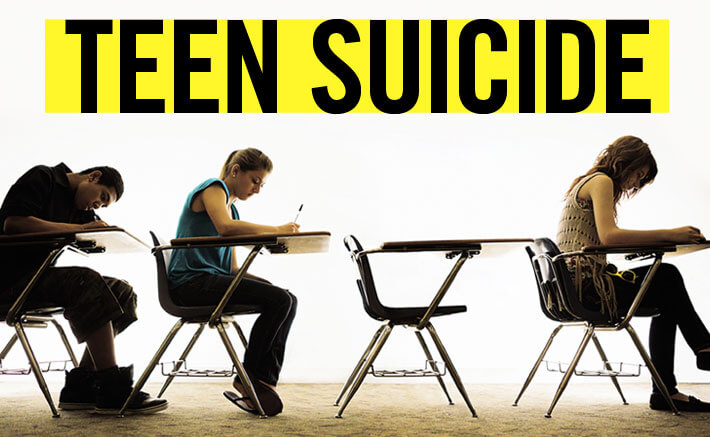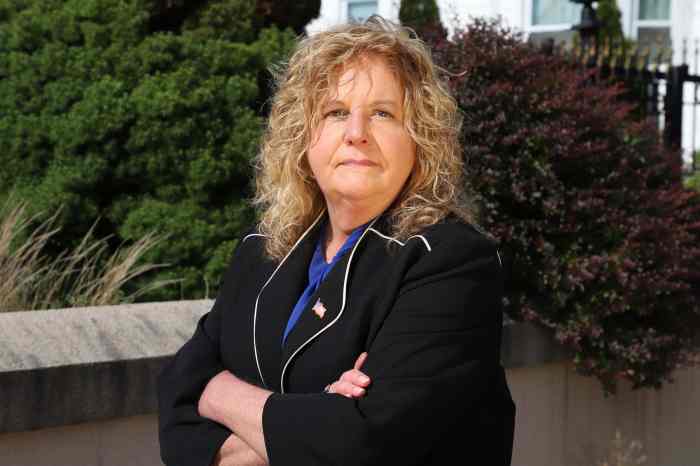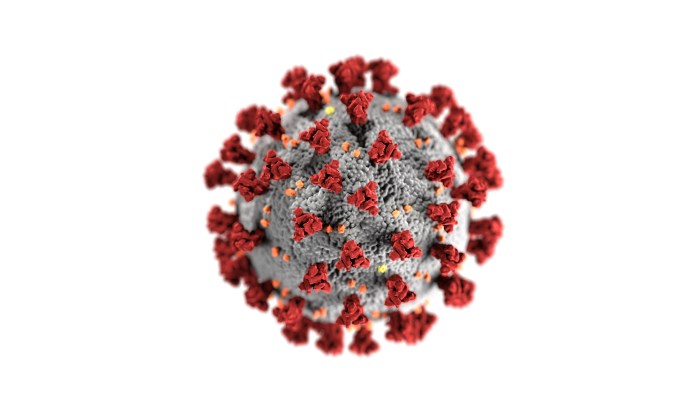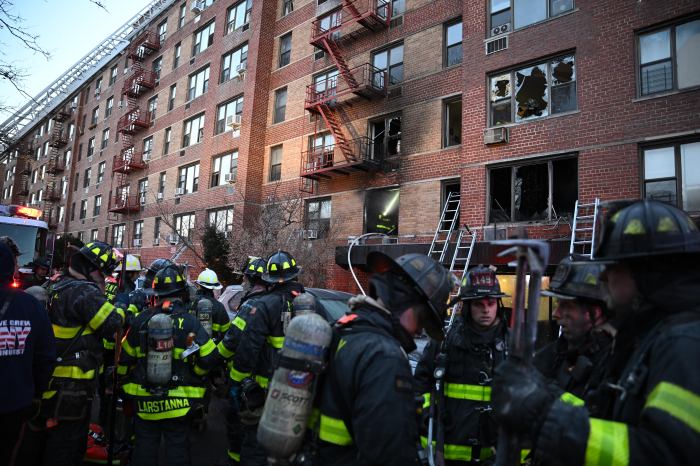
GONE BUT NOT FORGOTTEN
With photographs of her daughter Alexis plastering the fridge behind her, Paula sits at her kitchen table in West Islip, her eyes welling up with tears as the 48-year-old recalls how “Lexi” had been cyber-bullied both before and after her death.
Vicious attacks filled a Formspring Web page. Offensive images and other postings appeared on Lexi’s Facebook memorial page, some depicting her with a noose. Paula and her husband Tom, a New York City police supervisor, told their daughter’s horrified friends not to pay any attention to the images or those trolling her memorial page. Even at Lexi’s wake the malice directed toward the soccer-playing senior was not put to rest, she tells the Press.
“I felt the abuse,” says Paula.
The ferocity and maliciousness of this case and several others grabbed national headlines and helped bring cyberbullying to the forefront. Last month, New York lawmakers passed a law requiring schools to have policies addressing the issue.
“It made it very clear that bullying was not acceptable,” says Jon Cooper, a former Suffolk County legislator who had proposed two anti-cyberbullying and anti-cyberstalking bills adopted by the county legislature in 2010. Both make cyberbullying and cyberstalking misdemeanors punishable by a $1,000 fine and up to a year’s imprisonment.
Cooper proposed a third bill but withdrew it following fierce opposition from school administrators and teachers. The bill—to be named “Jamie’s Law,” after bullied Lake Grove teenager Jamie Isaacs—aimed at holding them equally accountable.
“I believe cyberbullying played a major role in the rise in the teen suicide rate,” says Cooper. “Ultimately, it is the parents, the teachers and the kids that need to realize that cyberbullying is not cool and that it causes real pain and in some cases, much worse than that.”
Lexi Pilkington has been gone since 2010, but her spirit still lives on in her family’s home, which is decorated with photos of her playing soccer and hanging out with the family, and through the foundation the family started in their daughter’s name to promote suicide awareness, using Lexi’s mantra on the soccer field, “Give everything but up.”
“You might not have the problem [now], but that’s not going to say that you aren’t going to have the problem,” she says of schools that have yet to implement any prevention programs.

“There are some school districts who want to ignore the issue,” explains Camhi of AFSP, who visited more than two dozen schools last year. “They don’t want to admit that this problem exists.”
Other school districts don’t fully understand how to properly address the students about it. Recently, 15-year-old Jessica Barba made national news when Longwood High School administrators suspended her this May for creating an educational anti-bullying video that ended with the character committing suicide.
“There are schools that think that it is a taboo topic, or that it will plant the idea in a student’s head, but that is a myth,” says the Long Island Crisis Center’s Buhse.
“It’s not a phase, a weakness or a flaw,” adds Camhi. “It is an illness. Depression is an illness and it is okay to go get help.”
And since suicide is the outcome of a disease, schools need to treat it as any other death from an illness, if one of its students takes their life, she insists.
“You don’t want to trivialize it,” says Camhi. “It is still the result of illness. You don’t want to memorialize the way they died either, though.”
Because just as the Internet can tear down a teenager, so too can it glorify their demise in a way no school or suicide prevention specialist can control. It’s a fine line between Internet memorials and martyrdom, say suicide prevention experts.
Buhse warns that “glorifying it…on Facebook” may make suicide “more attractive” to those who are already troubled.
Sign onto Facebook after a fellow classmate’s self-inflicted death and you are walking into a congregation of student grief and outrage. “RIP” statuses flood newsfeeds and students cry out for change. The Facebook pages become cyber-funerals as classmates openly mourn and share stories, pictures and tearful goodbyes—many times long after their passing. Families post, too, as the Facebook pages keep their children’s memory alive.
“I can’t even keep track of how many suicides that have happened in the past few years,” reads one student’s Facebook post following Commack’s latest suicide this March. “The issue cannot be ignored anymore.”
The AFSP helps schools handle the suicide of a student with everything from how to inform the community to providing grief counseling for friends of the deceased. They also can help the school memorialize the student—ranging from a page dedicated in the yearbook to scholarship funds.
Commack High’s school psychologist Dr. Kelly says the school has to be cognitive of what is best for the student body. Memorials highlighting how the student died can lead to an increased possibility of suicide for students already vulnerable to the risk, he adds.
“We have found that large presentations about the student is an ineffective way to help students grieve that loss,” says Kelly. “You want to do it on a small scale so they can discuss their feelings.”
That’s a big difference from how the school handled a suicide in 2009. A morning loudspeaker announcement interrupted classes to inform students about a classmate’s passing, leaving them stunned and upset.
The school has updated its methods and is constantly researching new ways to handle these personal tragedies, Kelly says.
Friends of the deceased student often look to honor them after their passing, presenting another challenge for school officials. Commack students had petitioned for seats to be left open at graduation for Twible and another classmate.
“The friends of the student may want that, but most of the time the families don’t want that,” says Kelly.
And the families of the deceased have the last word.
































